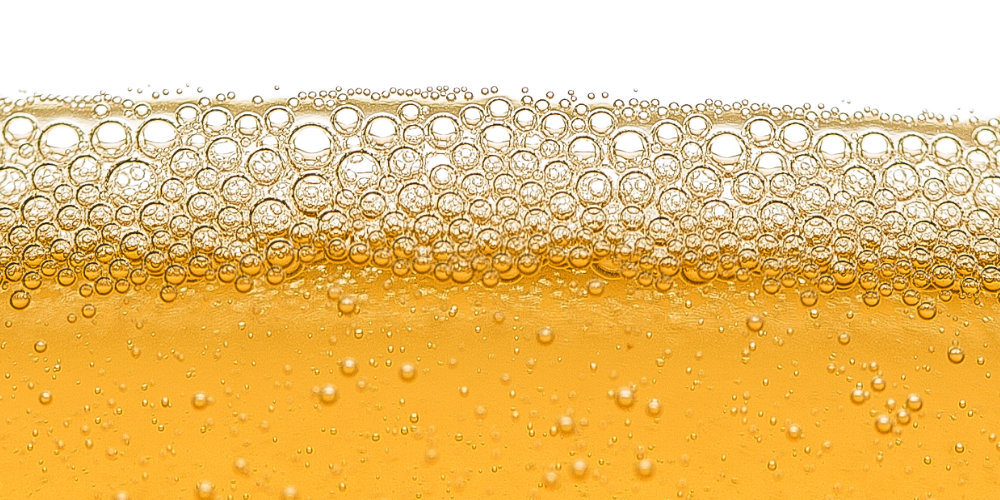The New Gastronome
Cool Dirty Bubbles!
The New Era of Pét-Nat
by Alessandra Costa
by Alessandra Costa

Whoever still believes that the world of sparkling wine is divided exclusively between sparkling wines made with the Champenoise or Classic Method (second fermentation in a bottle, in contact with the yeasts) and those produced with the Martinotti or Charmat method (refermentation in autoclaves), doesn’t know what they’re missing!
Today, Champagne is blossoming during aperitivo time, and it has become unconventional and strictly reserved for master level professionals that are constantly searching for rare tools to uncork with, such as watches or credit cards!
More Bubbles for Everyone!
The new generation of wine connoisseurs, of assiduous drinkers, and of incurable aficionados of aperitivo – more commonly labelled as wine lovers – are now intrigued by other types of bubbles. It’s a revolution if you take into account that, until recently, these were categories that were segregated in “a Series B enology” (M. Zanichelli, 2017) and that, today, are overwhelmingly imposing on a constantly evolving market.
I’m referring to the refermented bottles that are named Pét-Nat, which is short for Pétillant Naturel, by our French cousins, introducing the new age of effervescent wines: rigorously dirty, joyous and popular. I’m describing a new era in an improper way: the ancestral method – also called rural, homemade and artisan – is actually the oldest practice of sparkling wine making.
“…Pét-Nat, which is short for Pétillant Naturel, by our French cousins, introducing the new age of effervescent wines: rigorously dirty, joyous and popular.”
Once upon a time, the grapes were harvested with more delay, where the must was bottled without being fermented. It still had residual sugars, and the must and the sugars would be ready to be awakened with the arrival of the first spring warmth and to re-ferment, directly inside the bottle. This was a third autonomous and anti-conventional way, halfway between the Classic Method and the Charmat Method, between the “champo” and the “prosecchino”, between the long rest in the bottle and the rapid passage in the autoclave.
The world of Champagne as a great Maison, like that of industrial Prosecco, risks sinking itself in the long run because it’s overwhelmed by an uneasy pursuit of “perfection”: always having the same balance of flavors, adding sugars, correcting acidity, and softening the original profile.
A. D. V. E. R. T. I. S. I. N. G.
As usual, there are exceptions, represented by small Récoltans Manipulants, formidable winemakers and skilled experimenters who have made ample space in this effervescent world (see below).
But Why Dirty Bubbles?
One of the essential elements the Champenoise (or Classic) Method is founded on, and universally recognized by, is its unquestionable cleanliness — in the glass, it must shine in the light, with reverberating golden sparks that strut seductively in front of the eyes, with it’s fine and persistent perlage. This coveted clarity can only be reached, thanks to dégorgement, one of the final stages of the production process that allows the total expulsion of the sediments, the remains of the now exhausted yeasts. If this practice was once done manually (à la volée), today, it’s more commonly done, mechanically (à la glace), by freezing the upper end of the bottleneck and the consequent elimination of the ice cylinder (bidule) in which the dregs, or sediments, have been condensed.
The remaining lees (residual yeasts) are the real protagonists of the secondary fermentation in the bottle. They are real life, the ‘panta rei’ of wine, the constant change of the liquid and, despite this, they are still considered by conventional enology as a waste.
Click to enlarge the picture and find the residual yeasts
Getting rid of this element means taking away a piece of life from wine. The refermentation in the bottle, in the form of a sediment, gives the wine back its ancestral value, beauty, and uniqueness. Pét-Nats are often cloudy, due to the presence of remaining lees at the bottom of the bottle. They are usually more rustic and quite unpredictable; they scare the partisans of limpid glass, they are always different, and are always opposed to taste homologation.
Please note: For levels of hardcore turbidity, it is advisable to shake the bottle with vehemence, so as to facilitate the surfacing of the yeasts from the bottom upwards.
 Macro mosaic of cool, dirty bubbles.
Macro mosaic of cool, dirty bubbles.
But Why Cool?
The Pét-Nat are the undisputed protagonists of the blackboards of wine bars around the world, and currently, only in league with the orange (but that’s not bad; first, the sparkling, then the macerated, or vice versa – everyone knows that “the bubbly” is great!). Terroirs, grapes, winemakers’ hands and labels are going to change, but not the final style: fizzy and a graceful mouthfeel, low in alcohol, more or less color due to the lack of filtration, easy, light and ‘risky’ drinkability! Funny orange juices but… forbidden for children!
But Why Popular?
These new bubbles have given everyone the pleasure of an aperitivo together. Winking at the wallet, with their agile drinks, they’ve managed to convince everyone around the table: the most radical, the most conventional, the youngest, and the oldest. Strictly closed, with bottle top like an easy and pop beer, forgetting corks and corkscrew–they are often bottled in clear glass, so as to leave no surprises to their drinker… but only a huge thirst to be satisfied!
Refresh your taste buds and train your palates: the Pét-Nat revolution has already started and you? Which side are you on?
The New Gastronome’s suggestion to get immersed in dirty bubbles:

Click to taste!
Récoltans Manipulants
A Look Towards Italy
A Look at the World
A Different Look at Prosecco
References